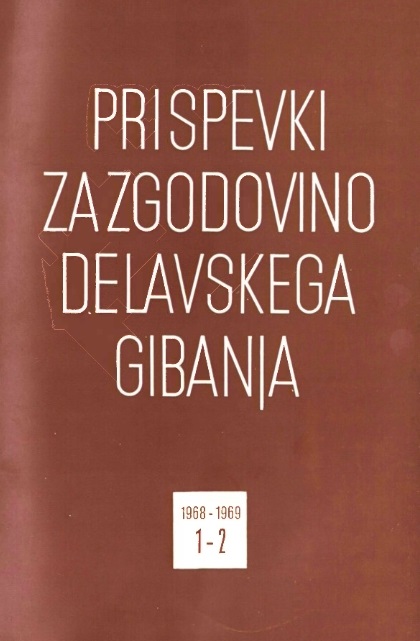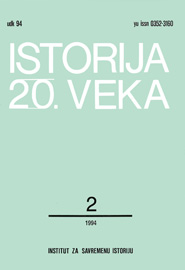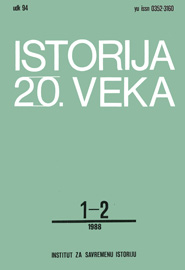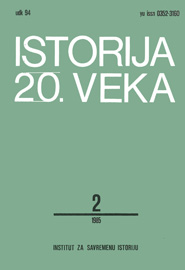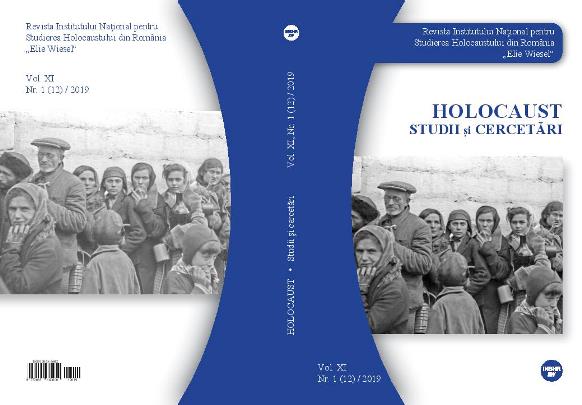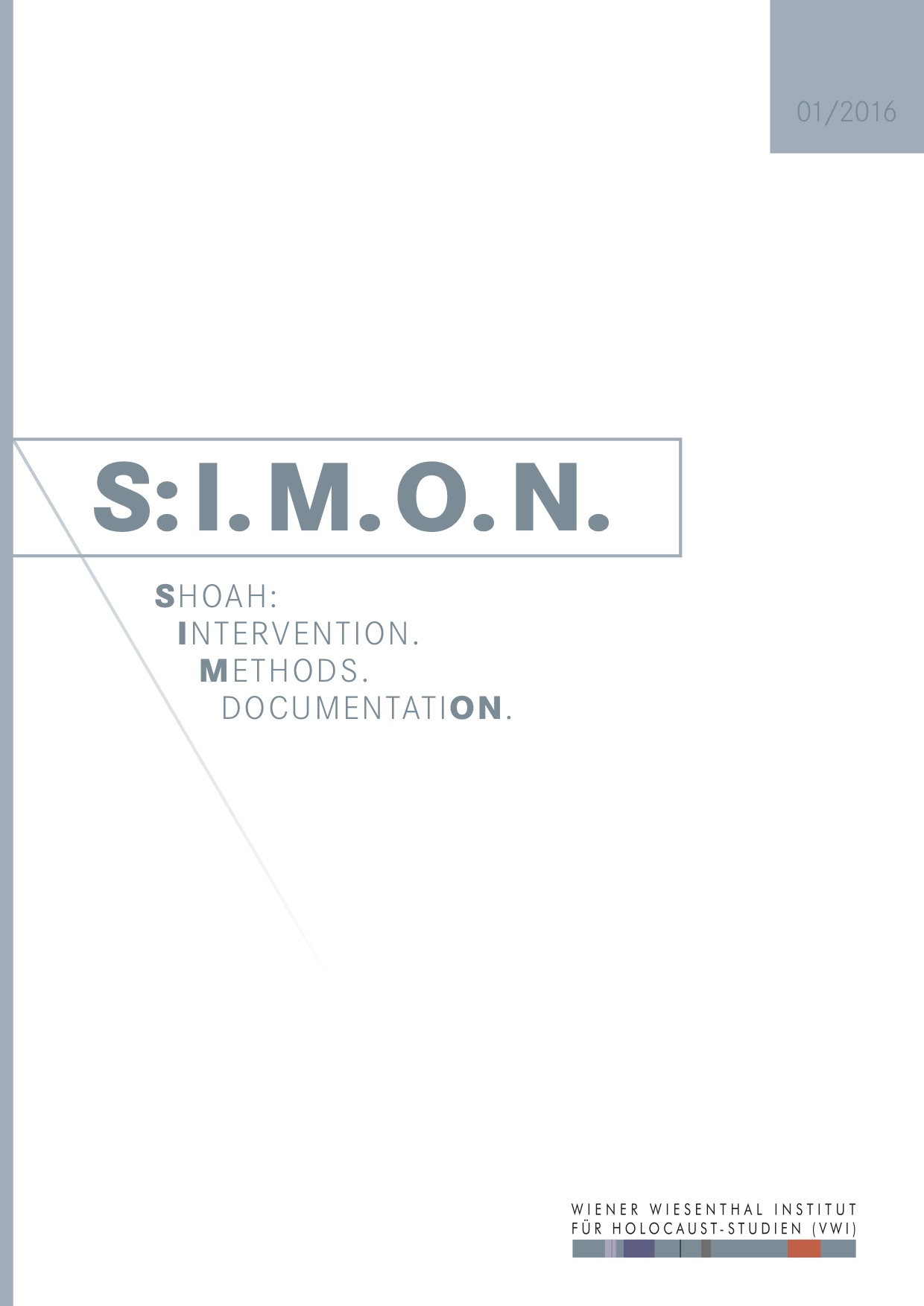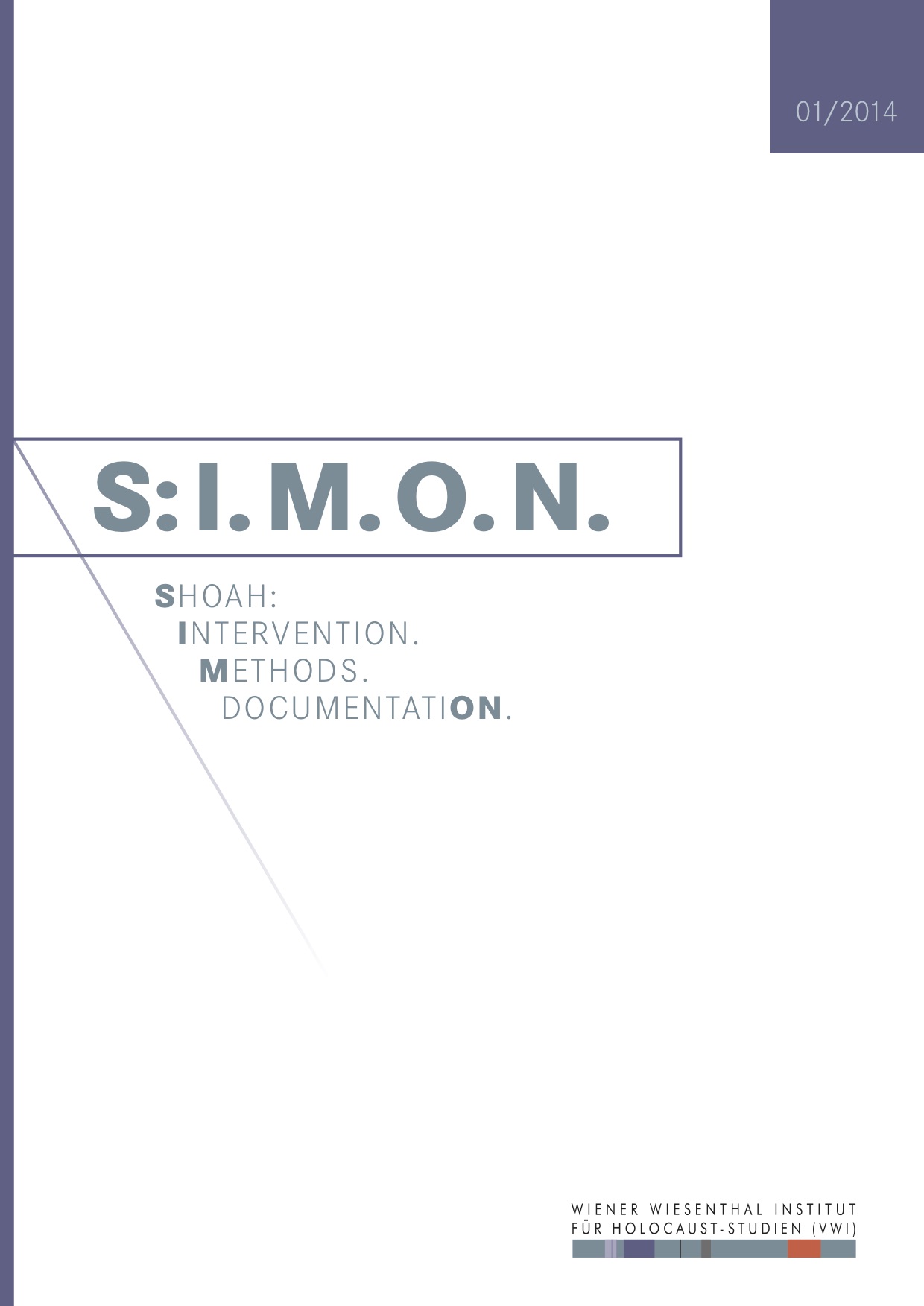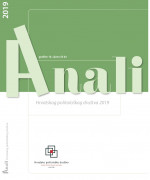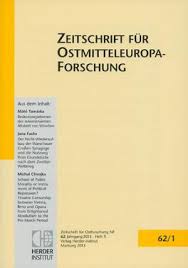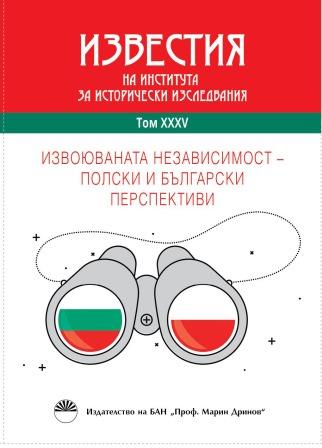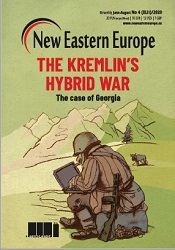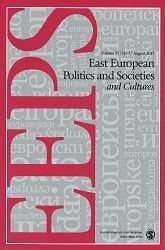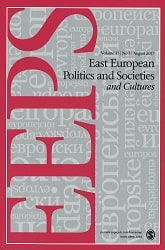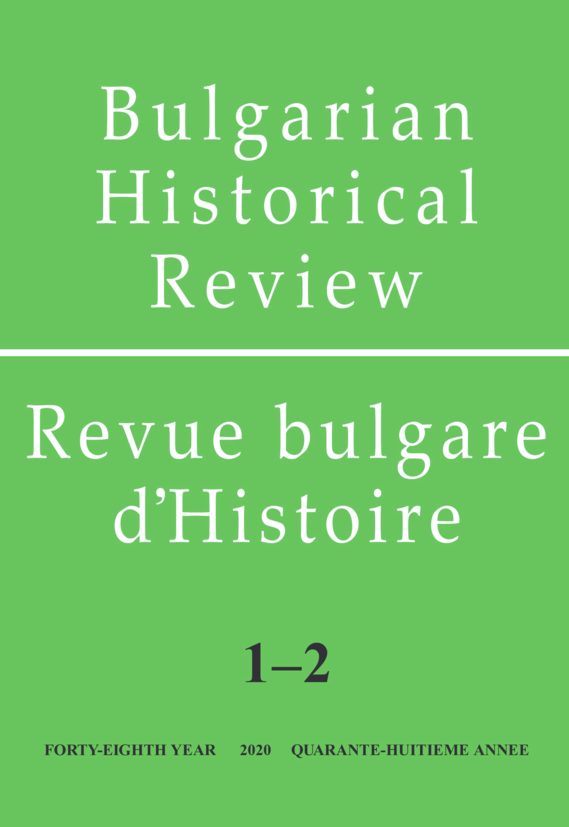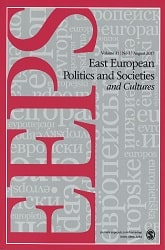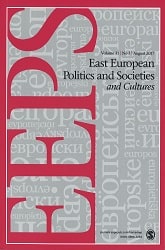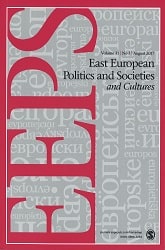Author(s): Dušan T. Bataković,Janko Prunk,Saša S. Marković,Branko Petranović,Zoran Lakić,Dragan Aleksić,Zoran Panajotović / Language(s): Serbian
Issue: 2/1985
Reviews of:
1. Andrej Mitrović, SRBIJA U PRVOM SVETSKOM RATU, SKZ, Beograd 1984, 582.
Review by: Dušan T. Bataković
2. Momčilo Zečević, NA ISTORIJSKOJ PREKRETNICl (Slovenci u politici jugoslavenske države 1918-1929.) Knjiga I, Prosveta, Beograd 1985, 448
Review by: Janko Prunk
3. Branislav Gligorijević, IZMEĐU REVOLUCIJE I DOGME , Liber, Zagreb 1984.
Review by: Saša Marković
4. Đ. Piljević , R. Bogdanović , V. Glišlć, N. Živkovlć , M. Švabić, P. Kačavenda , J. Vujošević, D. Dimitrijević, V. Ćirković, BEOGRAD U RATU I REVOLUCIJI 1941-1945, 1-2, Beograd 1984, 739 str.
Review by: Branko Petranović
5. Dr Slavko Vukčević, BORBE I OTPORI U OKUPIRANIM GRADOVIMA JUGOSLAVIJE 1941-1945.
Review by: Zoran Lakić
6. Dragoljub Petrović, ISTOČNA SRBIJA U RATU I REVOLUCIJI 1941-1944, Beograd 1984, str. 291
Review by: Dragan Aleksić
7. Dr Milan Vesović - mr Milan Matić - Josip Vučković, Veljko Vlaković. Sećanja - hronologija - bibliografija. Beograd. Titograd. Ljubljana. Institut za savremenu istoriju. Istorijski institut Crne Gore. Partizanska knjiga. 1985, str. 374 sa ilustracijama
Review by: Zoran Panajotović
More...

